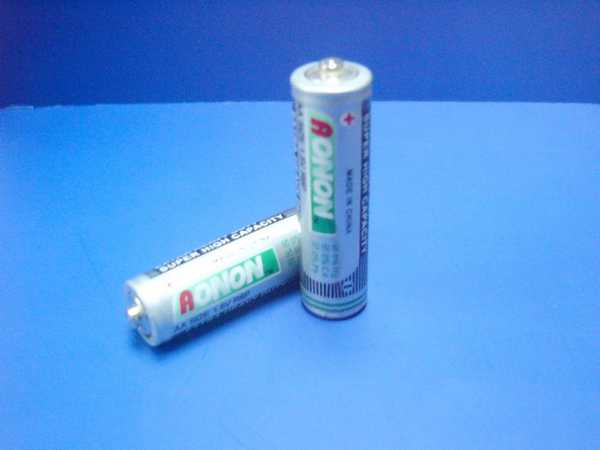Common problems in the use and maintenance of lithium batteries
Since 2022, Russia-Ukraine geopolitical conflicts have intensified, and global energy prices have risen sharply, with international natural gas prices hitting historic highs. As the most important transitional energy source in the transition from fossil energy to non-fossil energy, the share of natural gas in primary energy has increased from 14.6% in 1965 to 24.7% in 2020. The global gas price indices showed a unilateral downward trend from 2018, bottomed out in 2020, and remained low for a long time. However, since July 2020, the global gas prices have gradually fluctuated upward, and the impact of geopolitical events made the Dutch TTF gas price even hit record highs repeatedly.
An analyst of a securities company believes that the core catalyst of this round of global gas market lies in the lack of investment in upstream oil and gas resources caused by long-term low prices. Since 2020, although the epidemic has led to a decline in demand, the decline in supply has been faster, resulting in a large inventory consumption. In 2021, demand will recover faster than supply (the supply-side is less sensitive to prices, which will be reflected in investment).
As the world's two largest gas lithium-ion battery are also expected to change significantly.
1. Basic concepts of lithium-ion battery:
The lithium-ion battery has a nominal voltage of 3.7V (3.6V) and a charge cut-off voltage of 4.2V (4.1V, which has different designs according to the brand of the battery). (The specification for lithium-ion batteries is: lithium-ion secondary batteries
2. Requirements for charging lithium-ion battery (GB/T182872000 specification)
First of all, constant current charging, that is, the current is constant, and the battery voltage gradually increases with the charging process. When the battery terminal voltage reaches 4.2V (4.1V), the constant current charging is changed to constant voltage charging; the voltage is constant, and the current is based on the battery. The saturation level gradually decreases as the charging process continues, and when it decreases to 0.01C, the charging is considered to be terminated. (C is a way of expressing the battery's nominal capacity against the current. For example, if the battery has a capacity of 1000mAh, 1C is the charging current of 1000mA. Note that it is me instead of mAh, and 0.01C is 10mA.) Of course, the standard representation is 0.01 C5A, simplified here.

3. Why do you think 0.01C is the end of charging?
This is stipulated by the national standard GB/T18287-2000, and it is also discussed. In the past, everyone generally ended with 20mA. The industry standard YD/T998-1999 of the Ministry of Posts and Telecommunications also stipulates that no matter how large the battery capacity is, the stop current is 20mA. The 0.01C specified by the national standard helps charge more fully, which is beneficial for the manufacturer to pass the appraisal. In addition, the national standard stipulates that the charging time should not exceed 8 hours; that is to say, even if it has not reached 0.01C, the charging is considered to be over after 8 hours. (Batteries with good quality should reach 0.01C within 8 hours, for batteries with poor quality, it is meaningless to wait).
4. How to distinguish whether the battery is 4.1V or 4.2V?
Consumers are indistinguishable; it depends on the product specification of the cell manufacturer. Some brands of batteries are 4.1V and 4.2V universal, such as A&TB (Toshiba); domestic manufacturers are 4.2V, but there are exceptions, such as Tianjin Lishen is 4.1V (but it is currently 4.2V).
High-quality graphite supplier
Luoyang Moon & Star New Energy Technology Co., LTD, founded on October 17, 2008, is a high-tech enterprise committed to developing, producing, processing, selling, and technical services of lithium-ion battery anode materials. After more than 10 years of development, the company has gradually developed into a diversified product structure with natural graphite, artificial graphite, composite graphite, intermediate phase, and other negative materials (silicon-carbon materials, etc.). The products are widely used in high-end lithium-ion digital power and energy storage batteries. If you are looking for Lithium battery anode material, click on the needed products and send us an inquiry:sales@graphite-corp.com.
Europe's immediate goal of reducing its dependence on Russian gas in response to the conflict with Ukraine presents a rare opportunity for the United States, the world's largest gas producer. America's LNG exporters have made a fortune this time. Investors are bullish on the future of natural gas, as evidenced by the recent record high share price of Energy company Chenier.
But the outlook for more than a dozen new LNG projects is highly uncertain as construction costs rise, US gas prices soar and climate policymakers seek to move away from a long-term reliance on fossil fuels. Even the most advanced projects can take years to become operational.
Currently, the total U.S. LNG lithium-ion battery are expected to continue to rise in the future.
Inquiry us
NEXT NEWS